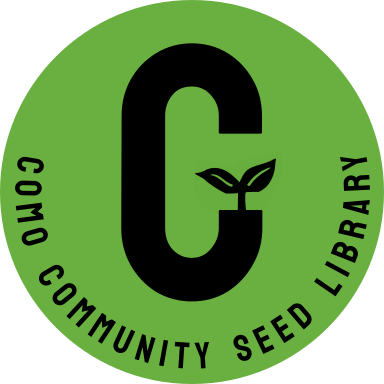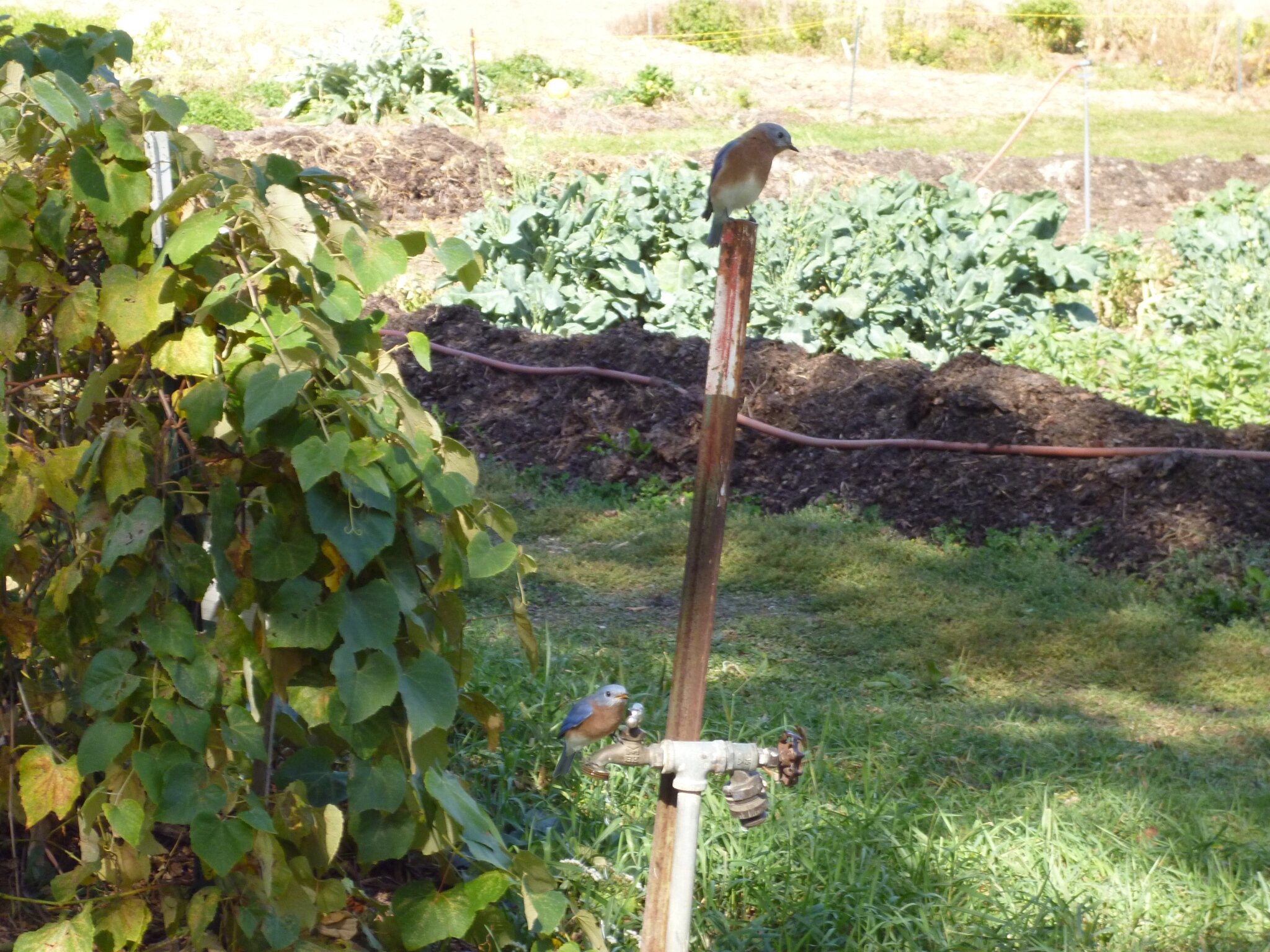The Foundation of Your Garden
Picture your favorite garden. Call to mind everything that makes this garden magical and beautiful. Are you imagining particular plants that make this garden stand out? Maybe a water feature or a statue? Maybe you like seeing the birds or butterflies that are regulars here?
One of my favorite gardens.
I would wager that what you’re not thinking about is the part of your favorite garden that makes it all possible: the soil.
This tiny pinch of quality compost is packed full of microscopic life!
At least, I hope your favorite garden has soil - too many have only dirt: a depleted version of the complex, resilient, living ecosystem that is soil. There’s a big difference between those two things - dirt and soil. The former describes the rocky crusty stuff that is sometimes referred to as “parent material,” or sand, silt, and clay. It is sometimes described as being dead, which is actually far from the truth when you consider the teeming billions of bacteria that typically thrive in black dirt (giving life to weedy plant species!). Diversity-wise though, dirt is pretty dead. It doesn’t contain the miles of fungal filaments, millions of microscopic animals, or the complex, life-giving compounds found in a tiny pinch of healthy soil.
At Renaissance Soil, a Saint Paul-based nonprofit, we are dedicated to clarifying this difference and encouraging people to respect and build the soil that serves as the foundation of all other life on this planet. We regularly host classes and workshops designed for beginner and Master Gardeners alike. We also provide biological testing services that help gardeners, farmers, and landscapers measure the life in their soil and/or compost.
These brown threads are called fungal hyphae. They are the microscopic growing, eating body of fungi that bind soil particles together preventing erosion and nutrient loss.
For more information about Renaissance Soil visit us on Facebook or at our website: renaissancesoil.wordpress.com. We will also be presenting at Como Community Seed Library’s May Mosaic - Hope to see you there!





